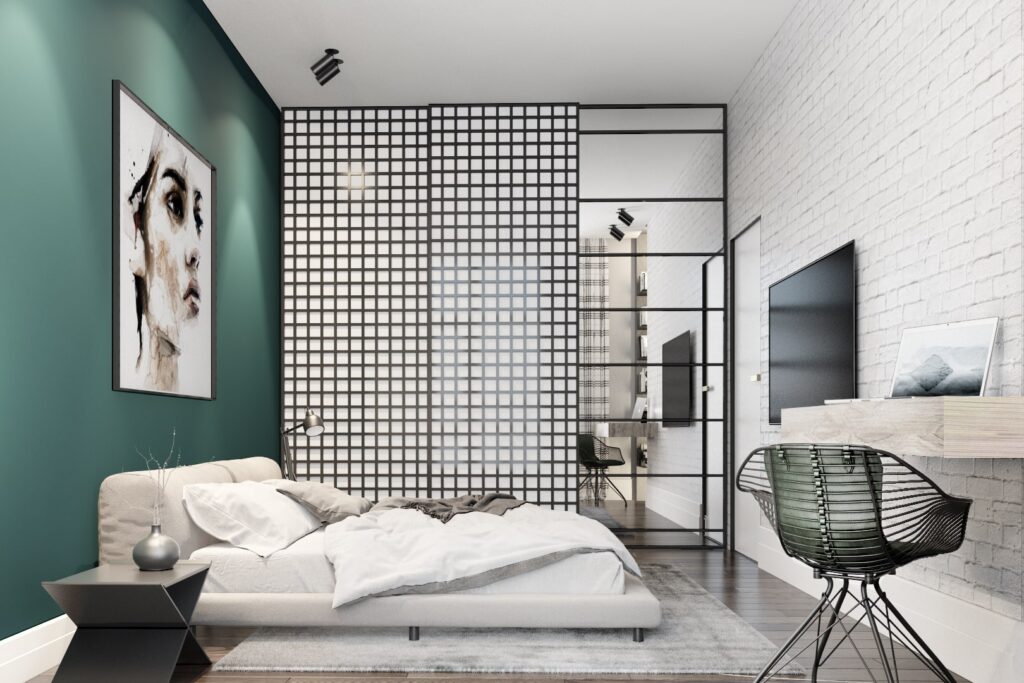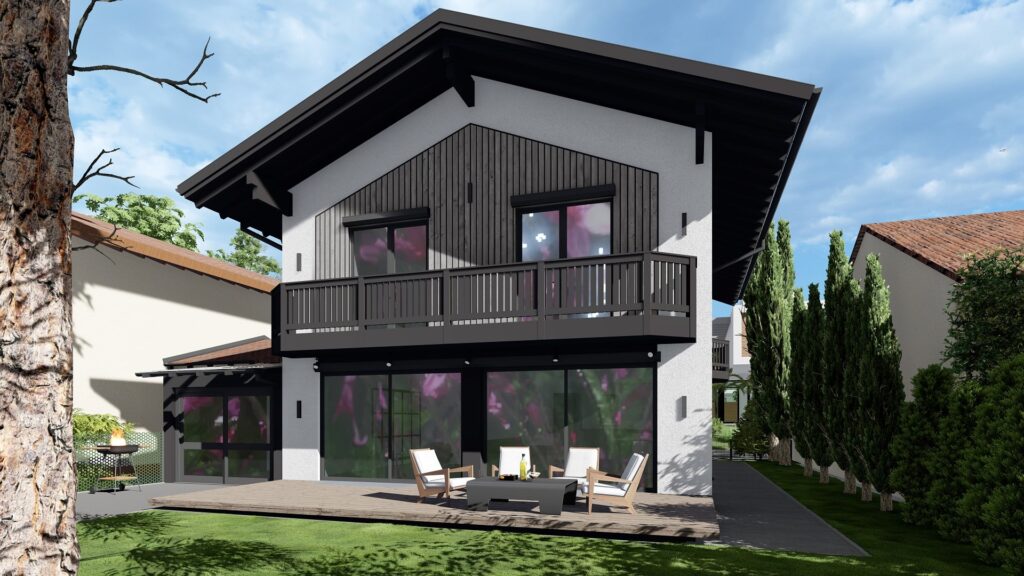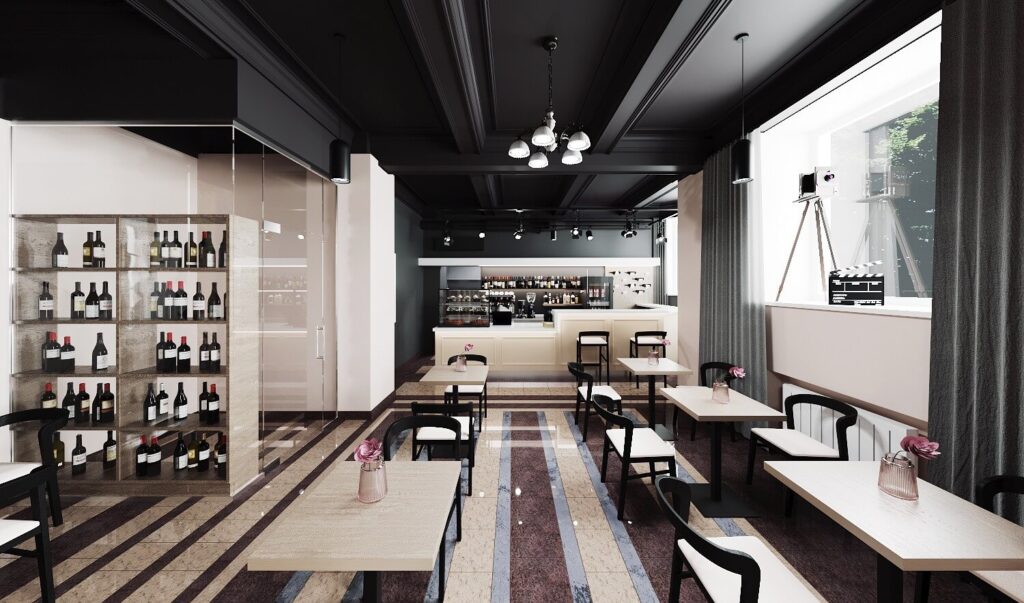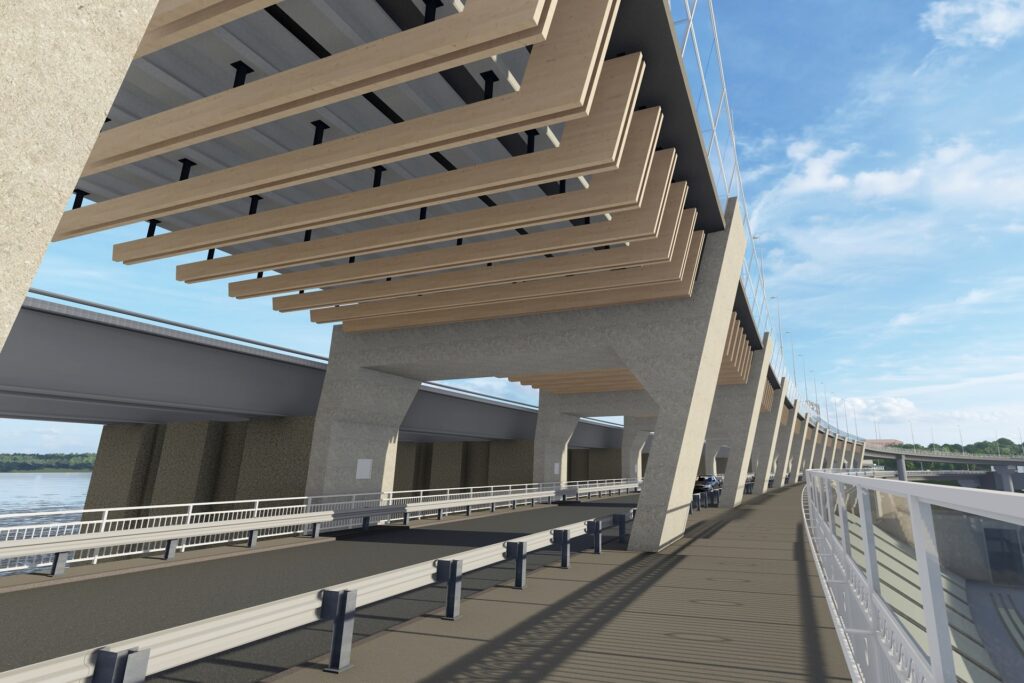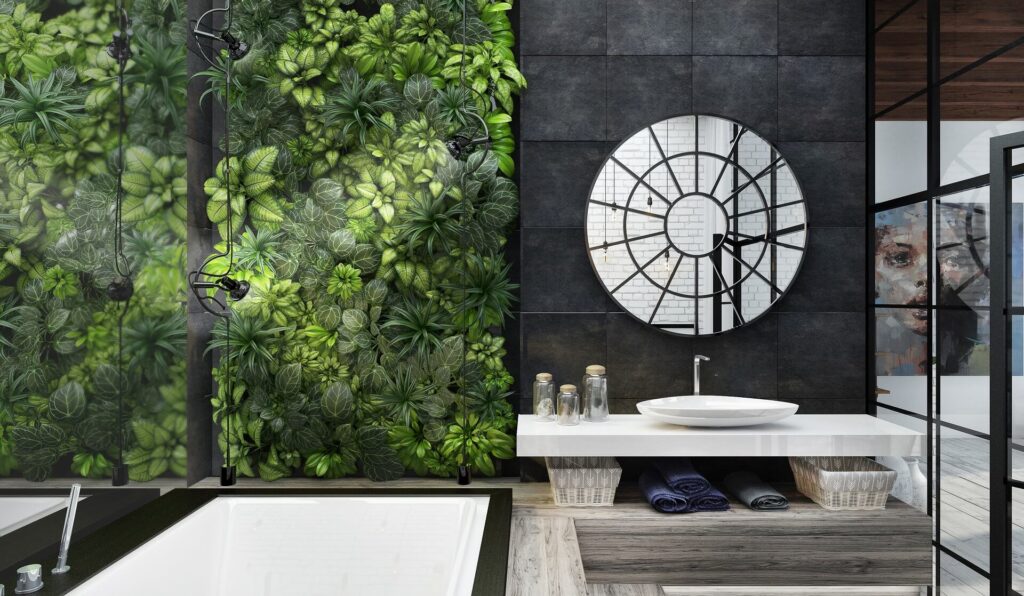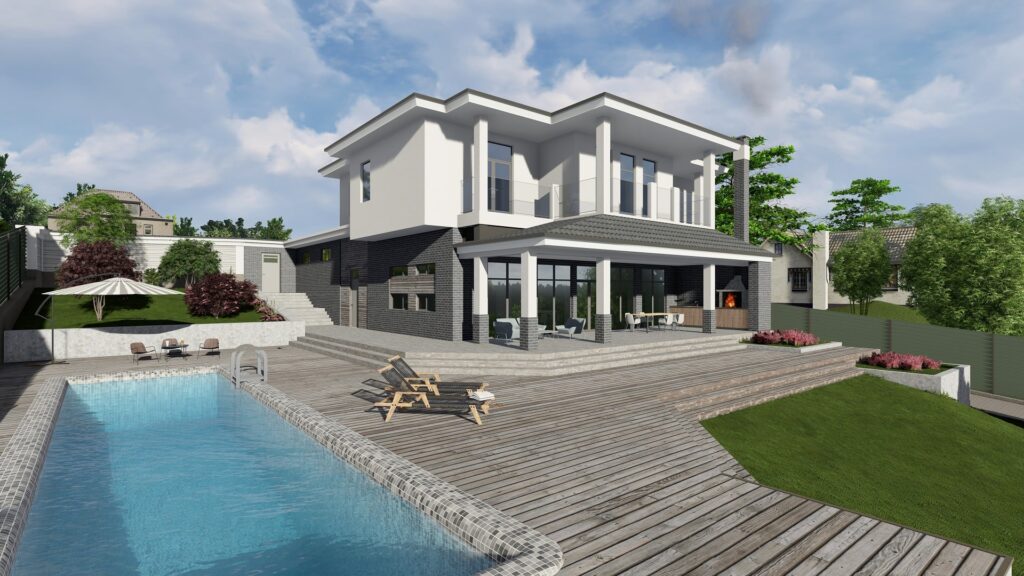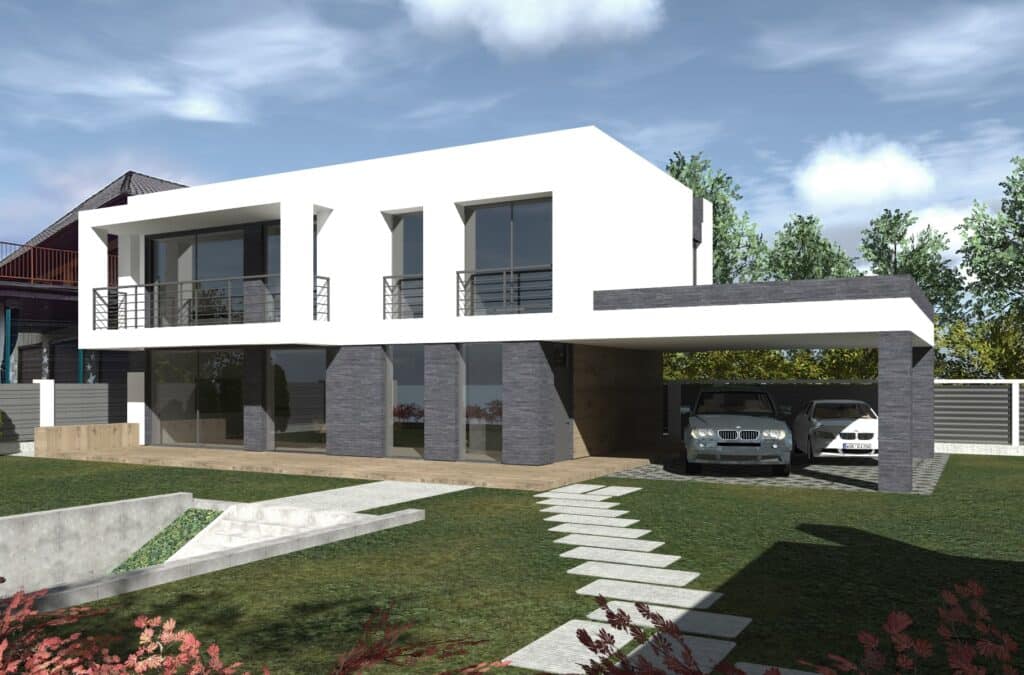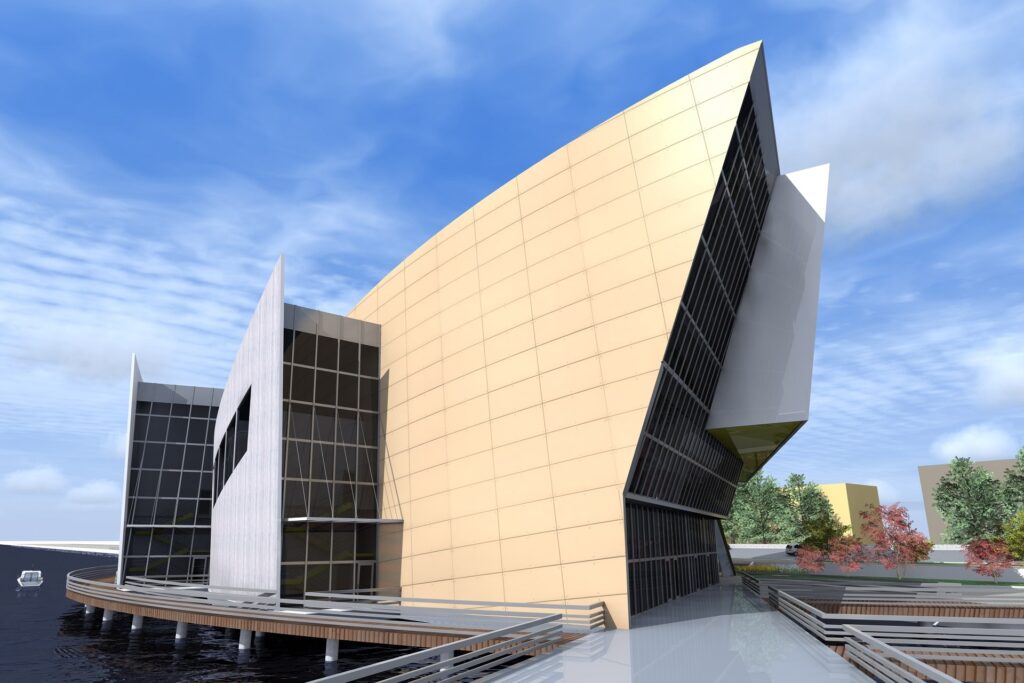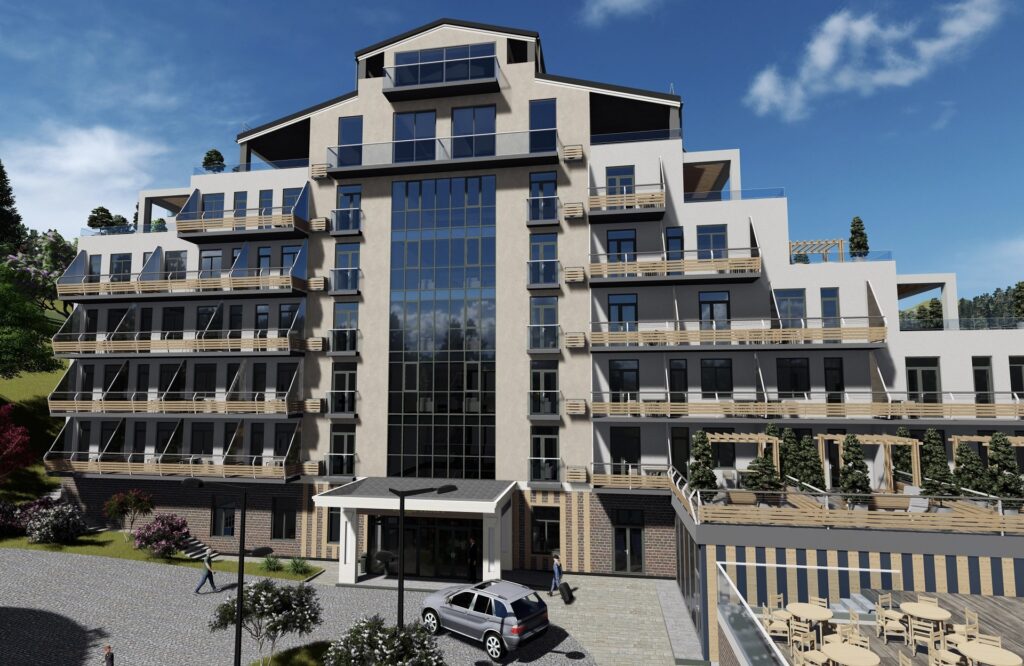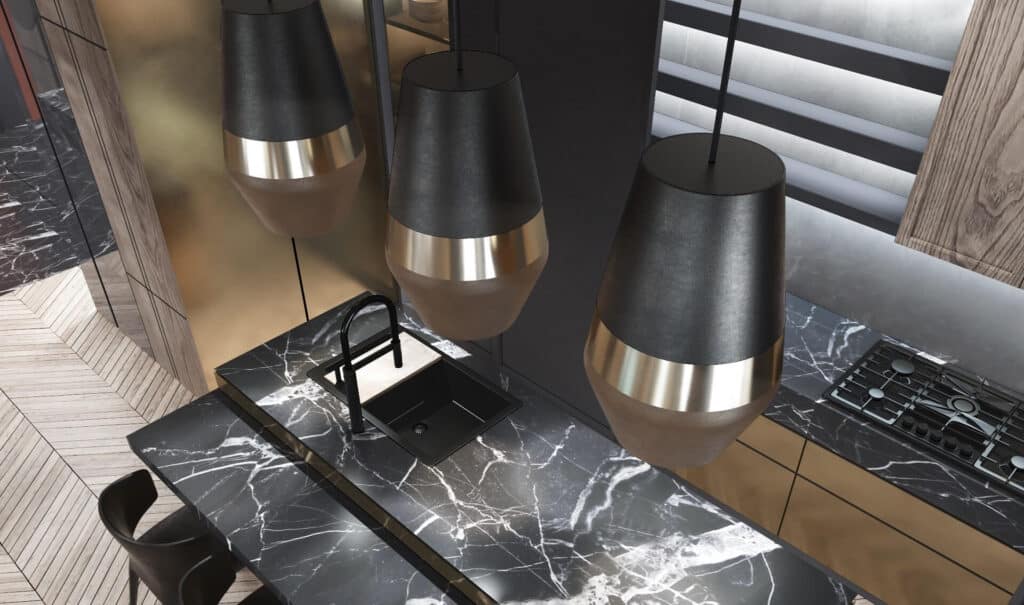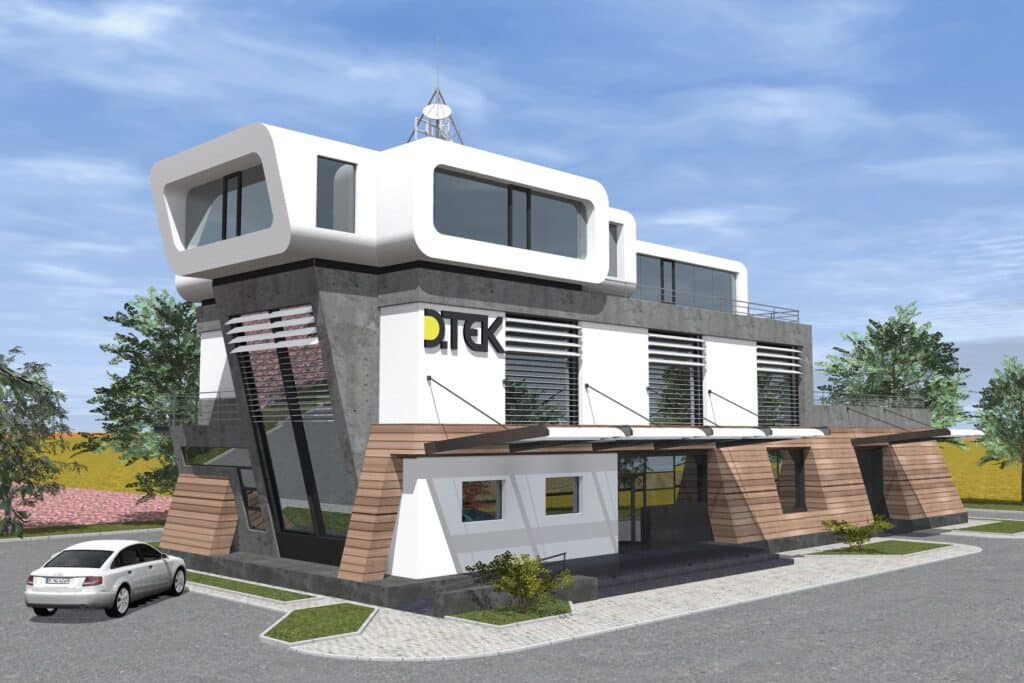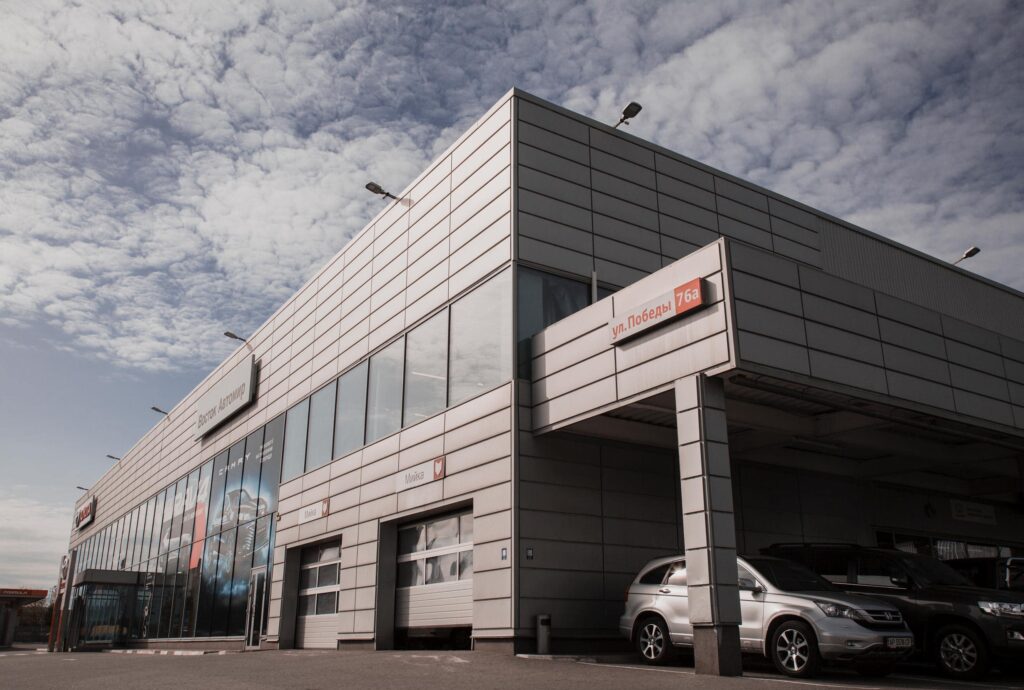From Idea to Reality: My Design Process Explained
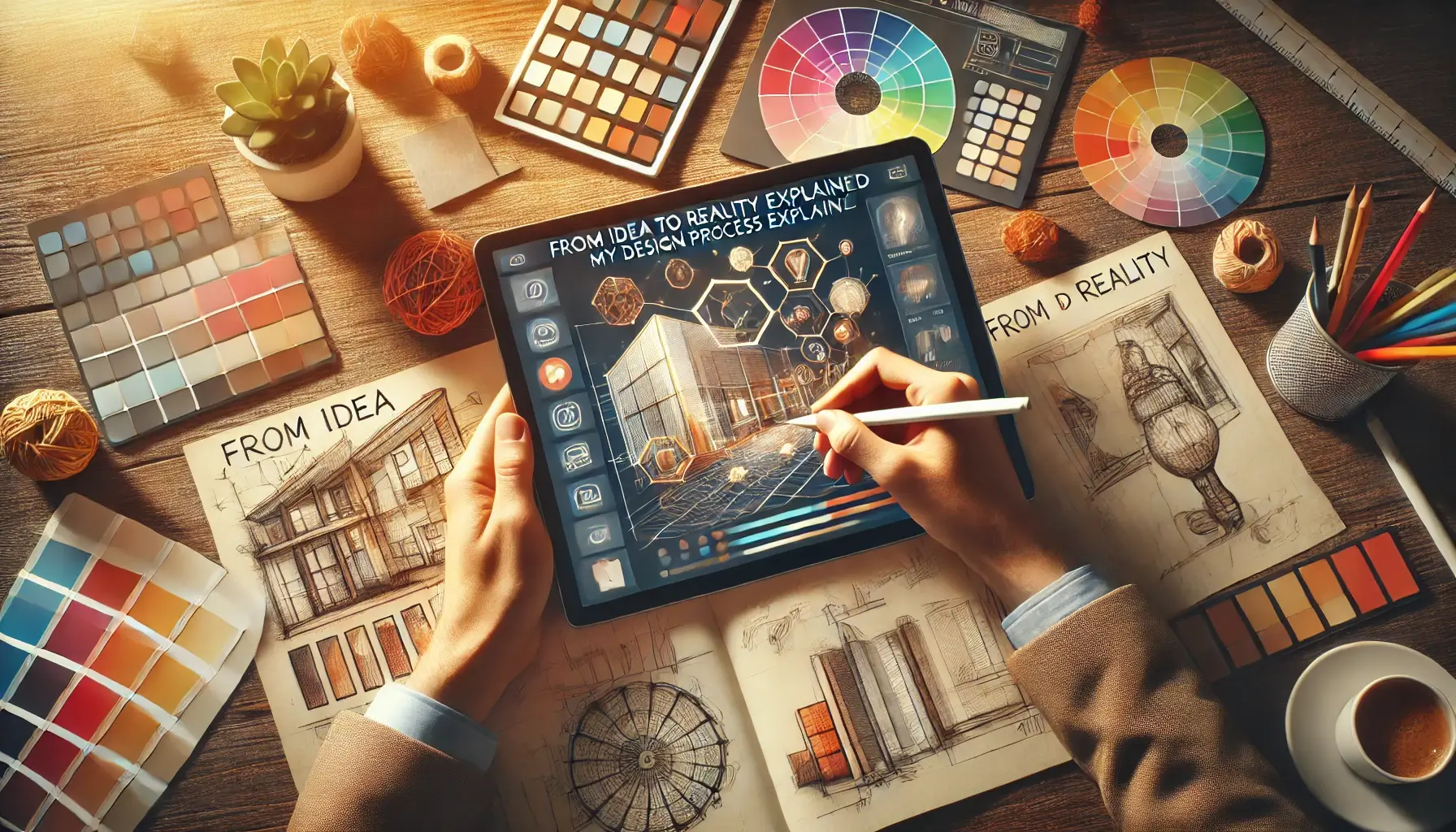
Introduction: The Essence of My Work
In the world of design and architecture, creativity and precision intertwine to transform initial concepts into tangible realities. My journey as a designer is a continual evolution, guided by a unique set of principles and perspectives that shape each project I undertake. This article delves into the heart of my work, offering a comprehensive overview of my vision, methodology, and the transformative journey from ideas to masterpieces.
🏆 Setting the Foundation: Conceptualization
Understanding the Client’s Vision
The first step in any design process is to fully understand the client’s needs and aspirations. This involves active listening and asking the right questions to extract the essence of what the client envisions. A deep dive into their lifestyle, preferences, and ultimate goals is crucial in developing a concept that truly resonates with them.
Research and Inspiration
Once I have a clear understanding of the client’s vision, I embark on a research journey. This includes exploring the latest trends, historical contexts, and innovative technologies. By drawing inspiration from a variety of sources, I can create a unique design that is both contemporary and timeless.
Brainstorming and Sketching
With a wealth of information and inspiration at hand, I begin the brainstorming process. This involves sketching out initial ideas, exploring different possibilities, and challenging conventional thinking. Freehand sketches allow me to quickly iterate and refine concepts, paving the way for more detailed designs.
Preparing a Concept Proposal
The final step in the conceptualization phase is to prepare a comprehensive concept proposal. This includes sketches, mood boards, and a narrative that communicates the design direction. Presenting this to the client is an opportunity to ensure alignment and gather feedback before moving forward.
🎨 Design Development: Bringing Ideas to Life
Refining the Design
Once the concept is approved, the design development phase begins. This involves refining the initial ideas, focusing on details, and ensuring all aspects align with the client’s vision. It’s a meticulous process that requires balancing creativity with practicality.
Creating Digital Drafts
Utilizing cutting-edge software, I create digital drafts that offer a more precise representation of the design. These drafts allow for virtual walkthroughs, enabling both the client and me to visualize the space in greater detail. This step is crucial for identifying potential issues and making necessary adjustments early on.
Selecting Materials and Finishes
Material selection is a critical component in bringing a design to life. I carefully curate a palette of materials and finishes that not only complement the design aesthetic but also meet functional requirements. Sustainability and durability are key considerations, ensuring the design remains relevant and resilient over time.
Collaboration with Stakeholders
Throughout the design development phase, collaboration with various stakeholders is essential. This includes engineers, contractors, and specialists who contribute their expertise to ensure the design’s structural integrity and feasibility. Open communication and teamwork are vital in transforming ideas into reality.
📐 Detailed Design and Documentation
Finalizing the Design
In this phase, every aspect of the design is finalized and documented. This includes detailed drawings, specifications, and schedules that guide the construction process. Precision is paramount, as even the smallest oversight can lead to significant challenges later on.
Developing Technical Drawings
Technical drawings are developed to provide a comprehensive guide for the construction team. These include floor plans, elevations, sections, and other detailed illustrations that convey the exact dimensions and specifications required to execute the design.
Preparing Comprehensive Documentation
In addition to technical drawings, comprehensive documentation is prepared. This includes a detailed narrative outlining the design intent, materials, and construction methods. This documentation serves as a vital reference for all parties involved, ensuring everyone is aligned and informed.
Review and Approval
Before proceeding to the construction phase, the design and documentation undergo a rigorous review process. This involves cross-checking all details, obtaining necessary approvals, and ensuring compliance with regulations. It’s a final check to ensure the project is ready for execution.
🚧 Construction and Implementation
Overseeing the Construction Process
The construction phase is where designs truly come to life. As the designer, I work closely with the construction team, overseeing the process to ensure the design is executed as intended. Regular site visits and meetings are conducted to address any issues and maintain quality control.
Managing Changes and Challenges
Inevitably, challenges arise during construction. Whether it’s unforeseen site conditions or changes requested by the client, flexibility and problem-solving skills are crucial. I work collaboratively with the team to navigate these challenges, ensuring the project stays on track.
Ensuring Quality and Precision
Quality control is a top priority during construction. This involves regular inspections and assessments to ensure every element aligns with the design specifications. Attention to detail is critical, as even minor deviations can impact the overall outcome.
Client Collaboration and Communication
Throughout the construction phase, maintaining open communication with the client is essential. Regular updates and consultations keep the client informed and involved, ensuring their satisfaction with the progress and outcomes.
🌟 Final Touches: Bringing the Vision to Life
Conducting Final Inspections
As the project nears completion, final inspections are conducted to ensure every aspect meets the design intent and quality standards. This includes checking finishes, fixtures, and overall functionality to guarantee the space is ready for occupancy.
Implementing Interior Design Elements
Interior design elements are the final touches that bring a space to life. From furniture selection to lighting and accessories, every detail is curated to enhance the design and create an environment that reflects the client’s personality and lifestyle.
Handover and Client Walkthrough
Once the project is complete, a formal handover is conducted. This includes a detailed walkthrough with the client, highlighting the features and functions of the space. It’s an opportunity to celebrate the successful transformation of an idea into reality.
Gathering Feedback and Reflection
After the project is handed over, gathering feedback from the client is invaluable. It offers insights into their experience and satisfaction, providing opportunities for reflection and improvement in future projects.
Conclusion: The Journey from Idea to Reality
The journey from idea to reality is a complex yet rewarding process. It requires a harmonious blend of creativity, technical expertise, and collaboration. Each project is a unique challenge, driven by a passion for design and a commitment to excellence. Through meticulous planning, innovative thinking, and unwavering dedication, I strive to create spaces that not only meet but exceed client expectations, transforming visions into living realities.

